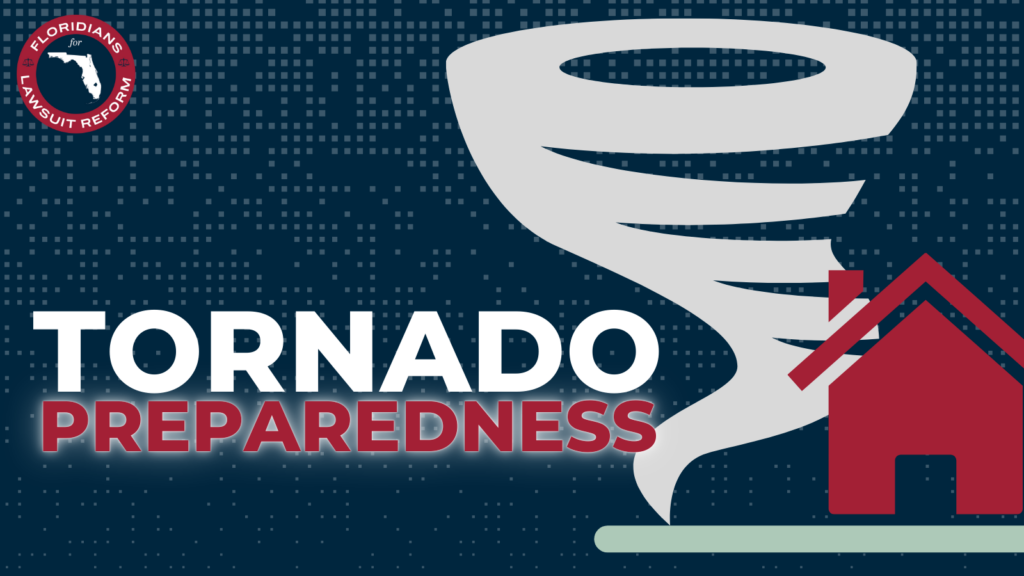
A spate of tornadoes that ripped through Indiana, Kentucky and Ohio in the last day killed at least three people, injured dozens and caused extensive damage. Could this be an indicator that 2024 will be a bad year for tornadoes?
There’s some forecasters who think so. AccuWeather, a private weather company, is predicting a stronger than normal tornado season, but one that is still less damaging than last year’s.
This year’s severe weather season could especially escalate after reaching the midway point, said the company’s senior meteorologist Paul Pastelok.
However, other experts are hesitant to tie some climate patterns to tornado outlooks. And with weather patterns in the midst of a transition between El Niño and La Niña, they say it’s especially tough to tell whether tornado activity could be up or down over the long-term average.
While tornadoes can hit at any time, the United States is moving into peak tornado season. About 70% of tornadoes occur from March to June.
In the central U.S., peak season runs from April through June, according to the National Weather Service. Tornadoes typically hit the Southeast in the cooler months and move to the southern and central plains in May and June. The northern plains and the Midwest tend to see a heavier tornado season in June and July.
El Niño is shifting to La Niña as peak tornado season arrives
Forecasters are closely watching ocean temperatures and the El Niño and La Niña climate patterns for possible clues about what comes next. Federal meteorologists said this week that the recent strong El Niño remains in effect, but is weakening. A La Niña is still on track to form this year.
The entire El Niño/La Niña cycle is known as the El Niño Southern Oscillation (ENSO), and its three phases (El Niño, La Niña, and ENSO-neutral), can affect weather in the U.S. and around the world.
AccuWeather’s meteorologists said El Niño typically leads to below-average tornado and hail reports in the Plains. As it weakens this year, that could allow an uptick in activity in the classic tornado region between Texas and Nebraska from April into May.
‘Tornado Alley’ is expandingSouthern states see more twisters now than ever before
Further complicating matters, the current El Niño climate pattern has now attained “historically strong” status, federal scientists announced earlier this year.
Both El Niño and La Niña climate patterns can have dramatic effects on weather and climate. But how they might impact the incidence of tornadoes isn’t settled.
La Niña weather patterns often help to boost hurricane activity in the Atlantic Ocean, Colorado State University meteorologist Phil Klotzbach posted on X Thursday. But that’s not necessarily the case with tornadoes, which are much more localized phenomena.
One factor that can affect the generation of tornadoes that move into the eastern half of the nation is the Gulf of Mexico, where experts say warm waters can provide moisture, heat and energy for the kind of convective storms that produce tornadoes. Temperatures in most of the Gulf are below normal this week and they’re often warmer than normal during a La Niña.
What does recent tornado activity tell us about the rest of 2024?
Spring tornado activity doesn’t indicate whether more or less tornado activity will be seen during the rest of the year, said Harold Brooks, a senior research scientist at NOAA’s National Severe Storms Laboratory.
“Seasonal forecasts in the spring are iffy at best,” he said.
The best seasonal signal for tornadoes is for winter in tornadoes in Florida, which is prone to tornadoes during El Niño years, Brooks said. Florida had 29 tornadoes in January and February this year, the fourth most on record, dating back to the 1950s.
Seasonal signals for tornadoes are “much less clear in the spring, in large part because the interannual variability in spring is really large anyway,” Brooks said.
The first three months of 2023 produced an above average number of tornadoes, then tornado activity dropped below average, and the year wound up being only slightly above average, and seventh overall, dating back to 1950.
Contributing: Doyle Rice and Clare Mulroy, USA TODAY
